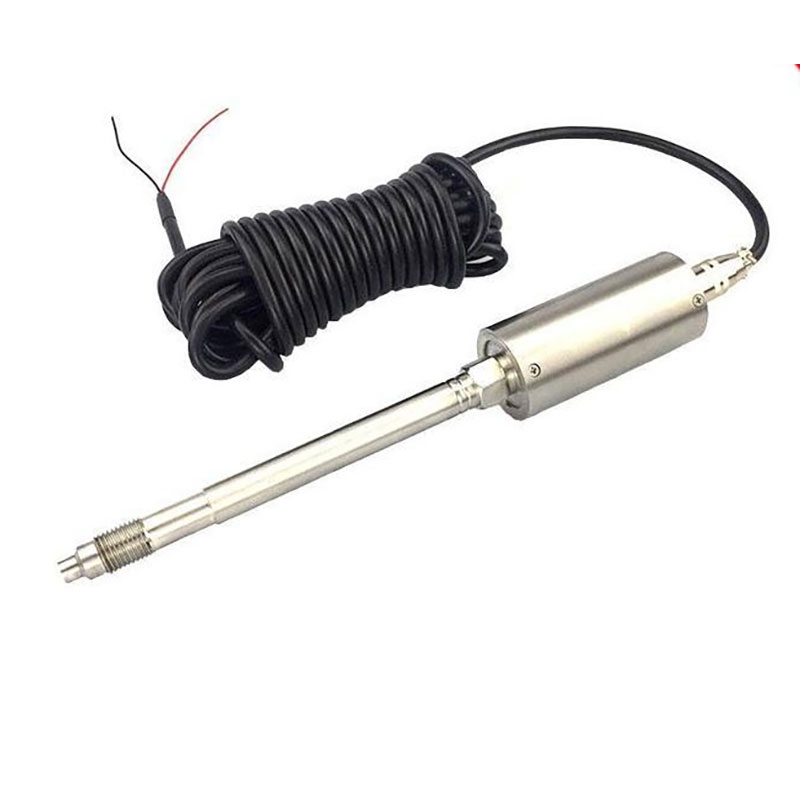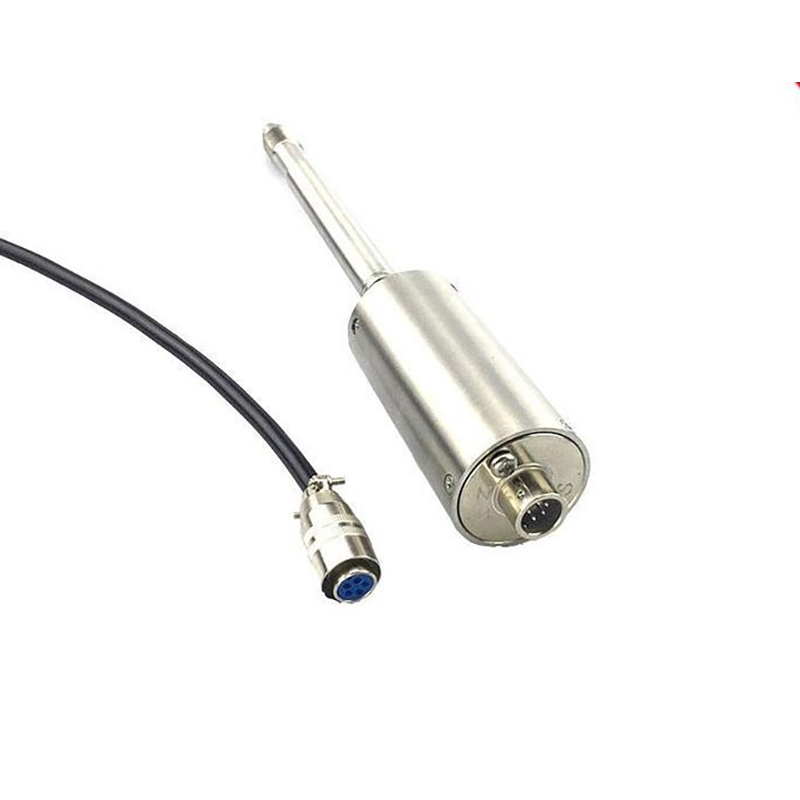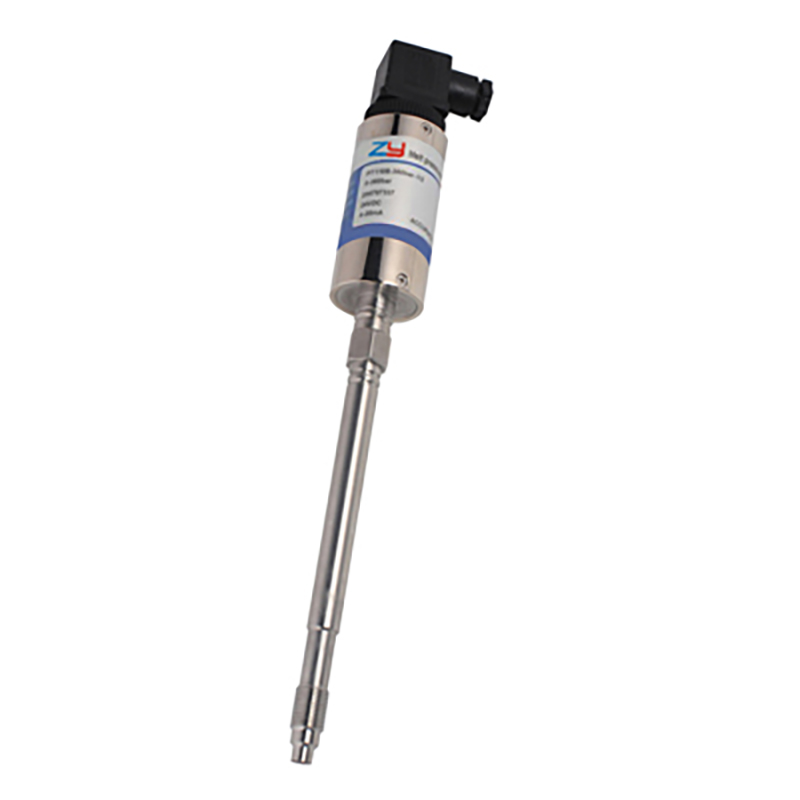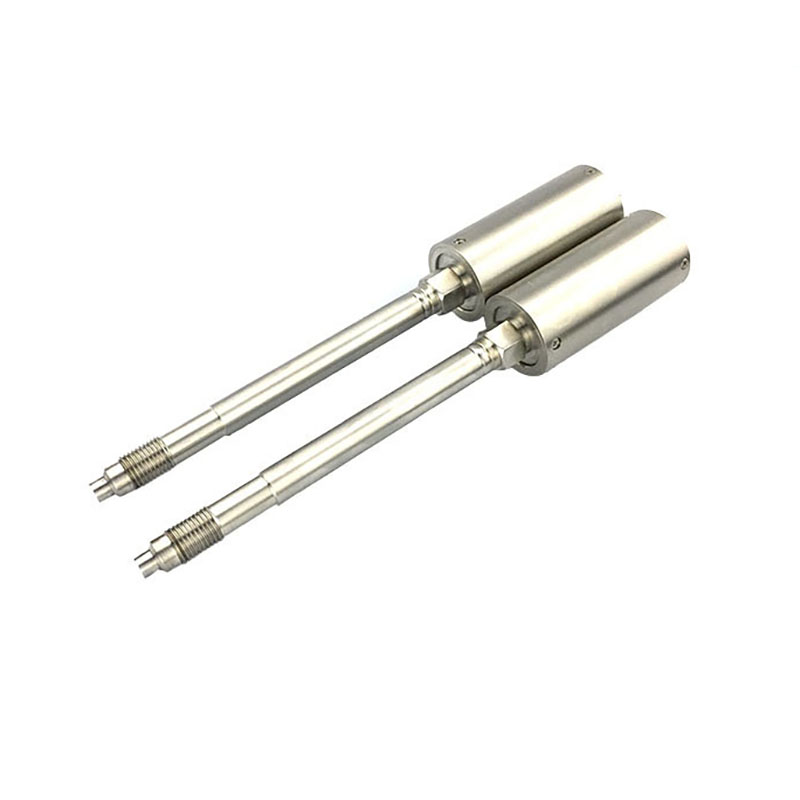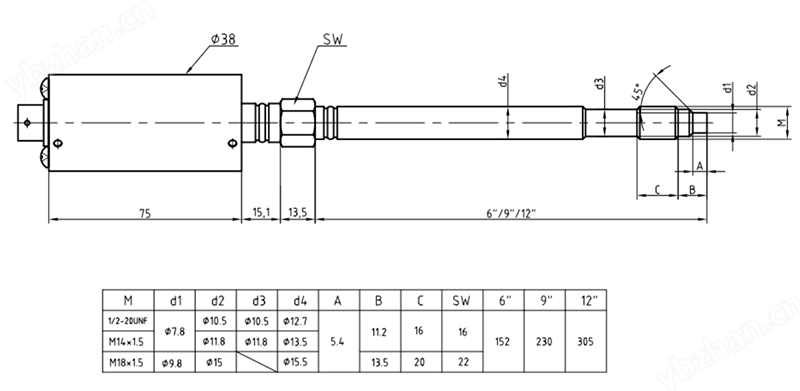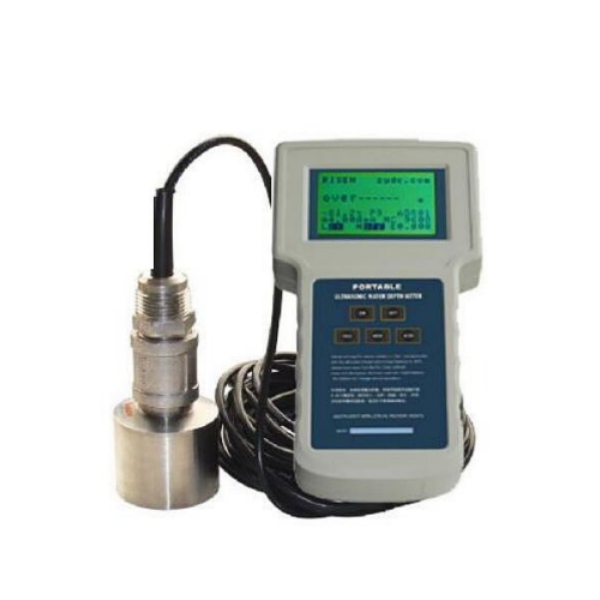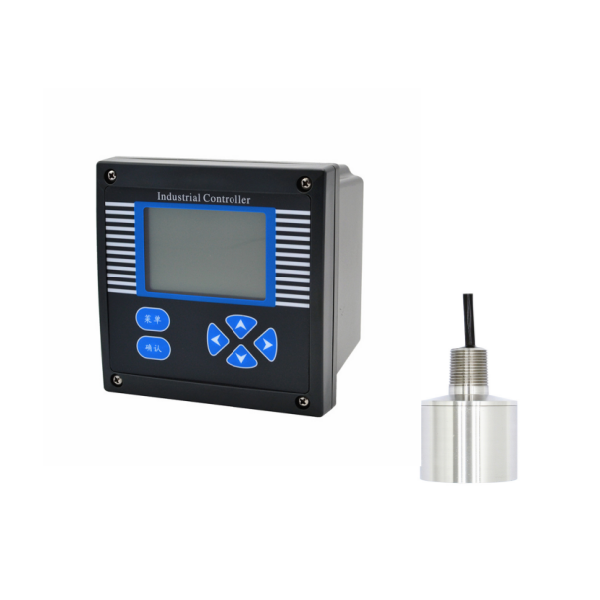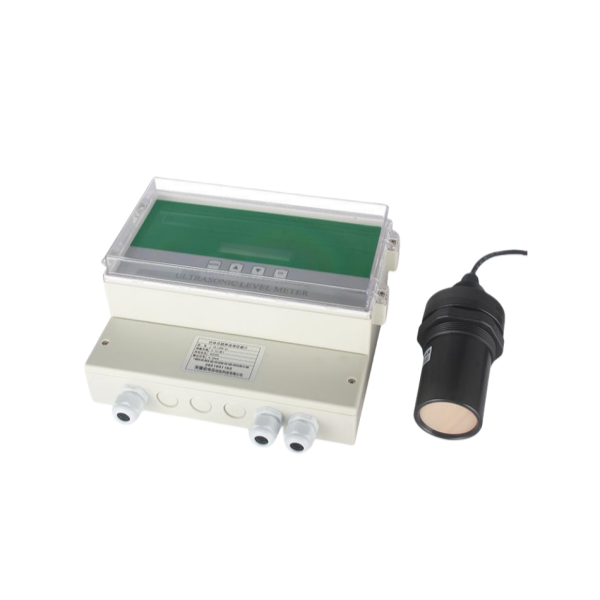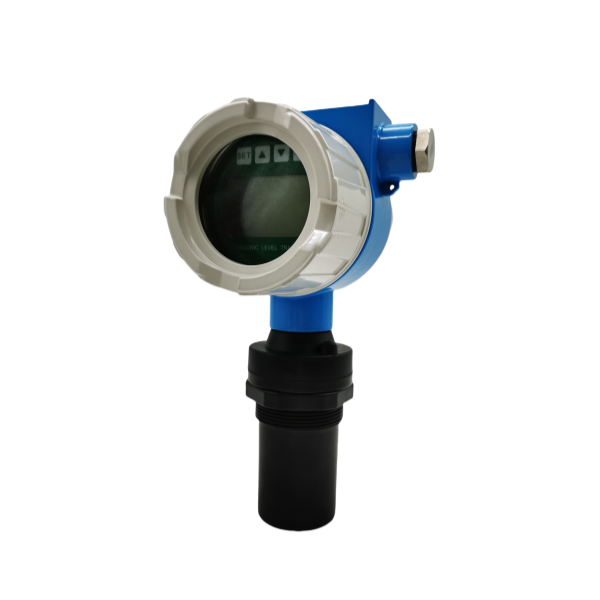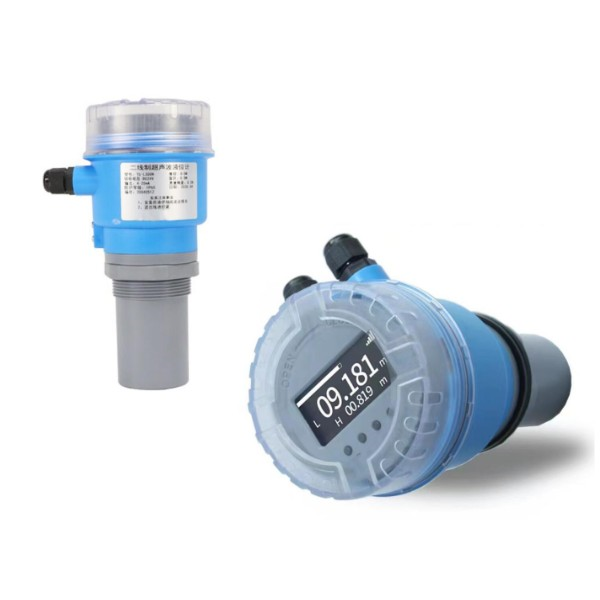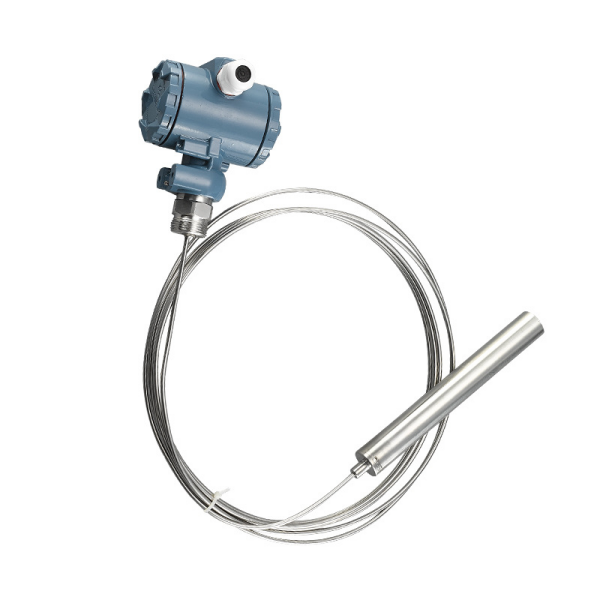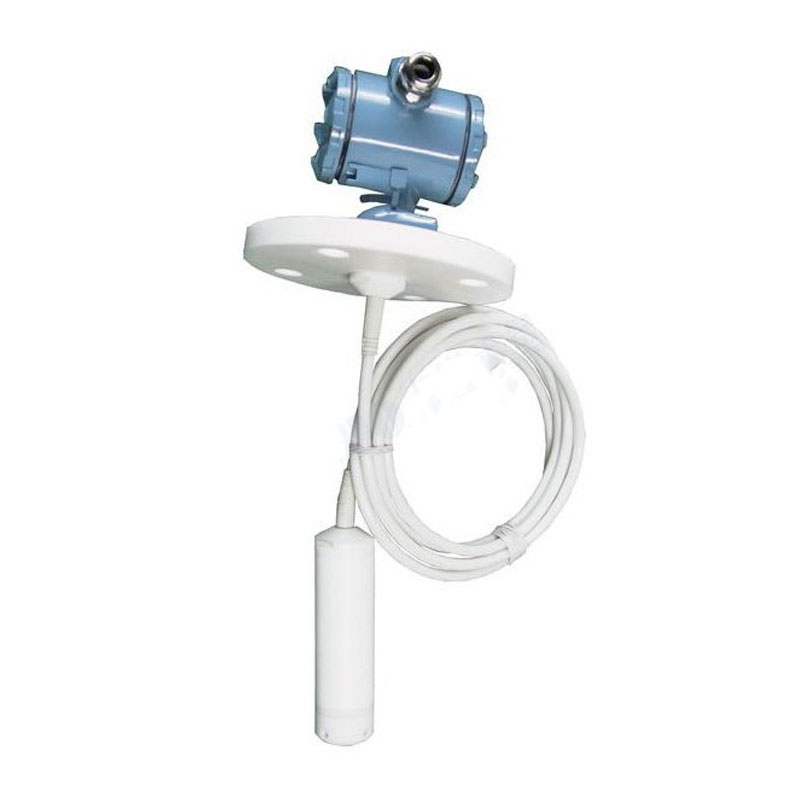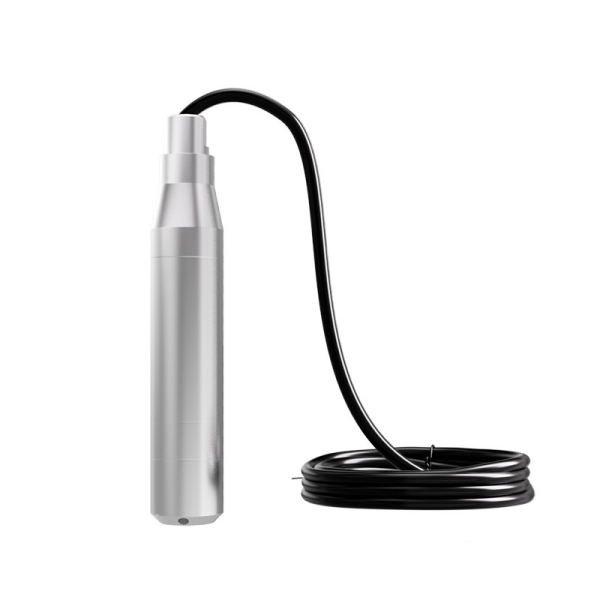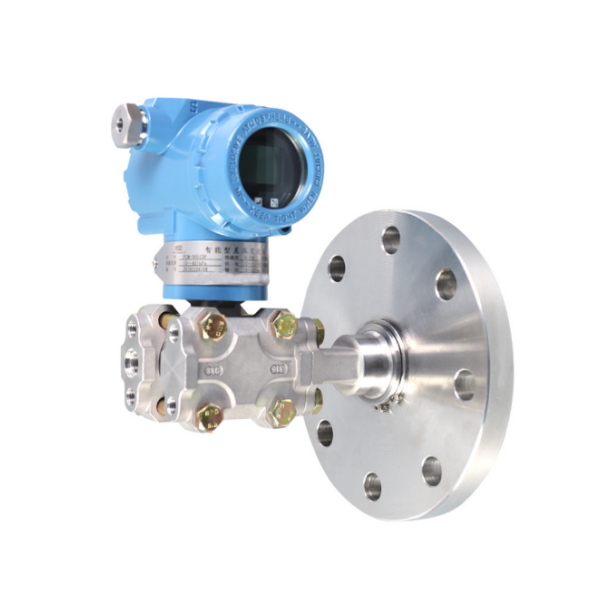How to choose the appropriate high-temperature melt pressure sensor
There are many types of high-temperature melt pressure sensors. The following points are what you need to pay attention to when choosing.
- Determine the type of sensor according to the measurement object and measurement environment.
To carry out specific measurement work, we must first consider which principle of high-temperature melt pressure sensor is used, which can only be determined after analyzing many factors.
Because, even when measuring the same physical quantity, there are many high-temperature melt pressure sensors available with a variety of principles. The following basic measurement parameters need to be considered:
The size of the measuring range;
Requirements for sensor volume at the measured location;
Whether the measurement method is contact or non-contact;
Signal extraction method, wired or non-contact measurement.
After considering the above issues, you can determine which type of high-temperature melt pressure sensor to choose, and then consider the specific performance indicators of the sensor. - Selection of sensitivity
Generally, within the linear range of a high-temperature melt pressure sensor, it is desired that the sensor’s sensitivity be as high as possible. Because only when the sensitivity is high, the value of the output signal corresponding to the measured change be relatively large, which is beneficial to signal processing.
However, it should be noted that the high-temperature melt pressure sensor has high sensitivity, and external noise unrelated to the measurement is easily mixed in. It will also be amplified by the amplification system, affecting the measurement accuracy. - Frequency response characteristics
The frequency response characteristics of the sensor determine the frequency range that is measured. Measurement conditions without distortion must be maintained within the allowable frequency range. In fact, there is always a certain delay in the response of the sensor. It is hoped that the delay time will be as short as possible.
The frequency response of the sensor is high, and the measurable signal frequency range is wide. Due to the influence of structural characteristics, the inertia of the mechanical system is large. Sensors with low frequencies can measure signals with lower frequencies. In dynamic measurements, the response characteristics should be based on the characteristics of the signal (steady state, transient, random, etc.) to avoid excessive errors. - Linear range
The linear range of the high-temperature melt pressure sensor refers to the range where the output is proportional to the input. Theoretically, within this range, the sensitivity remains constant.
The wider the linear range of the high-temperature melt pressure sensor, the larger its measuring range, and a certain measurement accuracy can be guaranteed.
When selecting a high-temperature melt pressure sensor, after the type of high-temperature melt pressure sensor is determined, you must first check whether its range meets the requirements. But in fact, any high-temperature melt pressure sensor cannot guarantee absolute linearity, and its linearity is also relative.
When the required measurement accuracy is relatively low, within a certain range, the high-temperature melt pressure sensor with small nonlinear error can be approximately regarded as linear. This will bring great convenience to measurement. - Stability
The ability of a high-temperature melt pressure sensor to maintain its performance unchanged after being used for a period of time is called stability. In addition to the structure of the high-temperature melt pressure sensor itself, the factors that affect the long-term stability of the high-temperature melt pressure sensor are mainly the use environment of the high-temperature melt pressure sensor.
Therefore, in order for the high-temperature melt pressure sensor to have good stability, the high-temperature melt pressure sensor must have strong environmental adaptability.
Before selecting a high-temperature melt pressure sensor, the environment in which it will be used should be investigated. Select the appropriate high-temperature melt pressure sensor according to the specific use environment. Or take appropriate measures to reduce environmental impact.
There are quantitative indicators for the stability of high-temperature melt pressure sensors. After the service period has expired, recalibration should be performed before use. To determine whether the performance of the high-temperature melt pressure sensor has changed.
In some situations where high-temperature melt pressure sensors are required to be used for a long time but cannot be easily replaced or calibrated. The selected high-temperature melt pressure sensor has stricter stability requirements and must be able to withstand long-term tests. - Accuracy
Accuracy is an important performance index of high-temperature melt pressure sensors, and it is an important link related to the measurement accuracy of the entire measurement system.
The higher the accuracy of the high-temperature melt pressure sensor, the more expensive it is. Therefore, the accuracy of the high-temperature melt pressure sensor only needs to meet the accuracy requirements of the entire measurement system, and there is no need to select it too high. In this way, a cheaper and simpler high-temperature melt pressure sensor can be selected among many high-temperature melt pressure sensors that meet the same measurement purpose.
If the purpose of measurement is qualitative analysis, it is enough to choose a high-temperature melt pressure sensor with high repeatability accuracy. It is not suitable to choose one with high absolute value accuracy. If it is necessary to obtain accurate measurement values for quantitative analysis, it is necessary to select a high-temperature melt pressure sensor with an accuracy level that meets the requirements.
In general, if the above points are considered, a suitable high-temperature melt pressure sensor can be selected.

